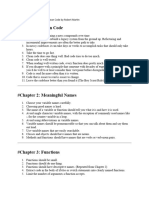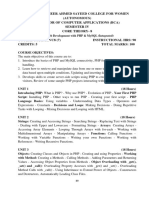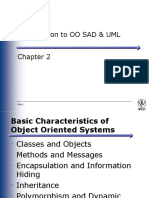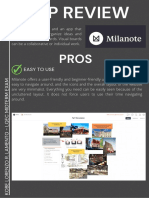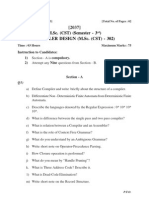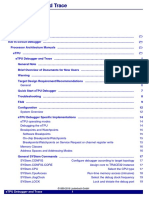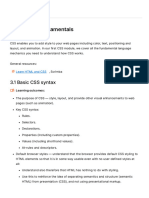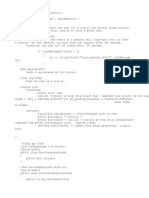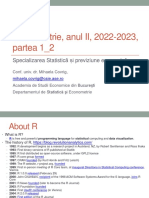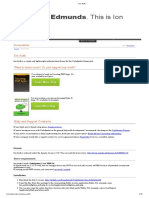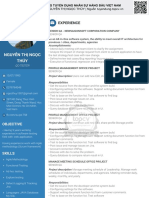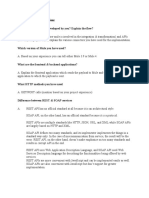0% found this document useful (0 votes)
9 views3 pagesSw1 Class Notes
The document outlines key software principles for designing, developing, and maintaining high-quality software systems, emphasizing foundational principles like KISS, DRY, and YAGNI. It details SOLID principles for object-oriented design, design principles such as separation of concerns and modularity, and best practices for testing, maintenance, and development. Additionally, it addresses modern considerations like scalability, security, and observability, along with practical advice for real-world coding scenarios.
Uploaded by
fucskonorbiCopyright
© © All Rights Reserved
We take content rights seriously. If you suspect this is your content, claim it here.
Available Formats
Download as PDF, TXT or read online on Scribd
0% found this document useful (0 votes)
9 views3 pagesSw1 Class Notes
The document outlines key software principles for designing, developing, and maintaining high-quality software systems, emphasizing foundational principles like KISS, DRY, and YAGNI. It details SOLID principles for object-oriented design, design principles such as separation of concerns and modularity, and best practices for testing, maintenance, and development. Additionally, it addresses modern considerations like scalability, security, and observability, along with practical advice for real-world coding scenarios.
Uploaded by
fucskonorbiCopyright
© © All Rights Reserved
We take content rights seriously. If you suspect this is your content, claim it here.
Available Formats
Download as PDF, TXT or read online on Scribd
/ 3














